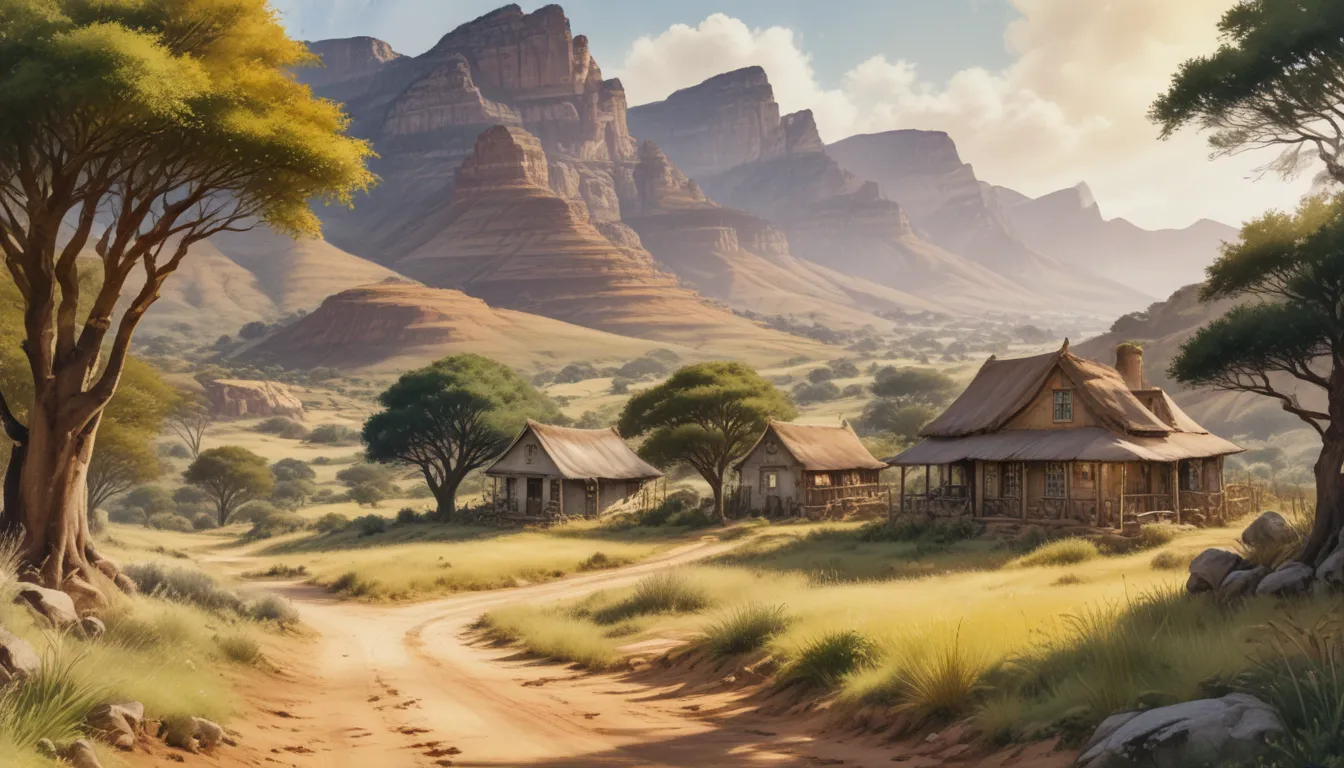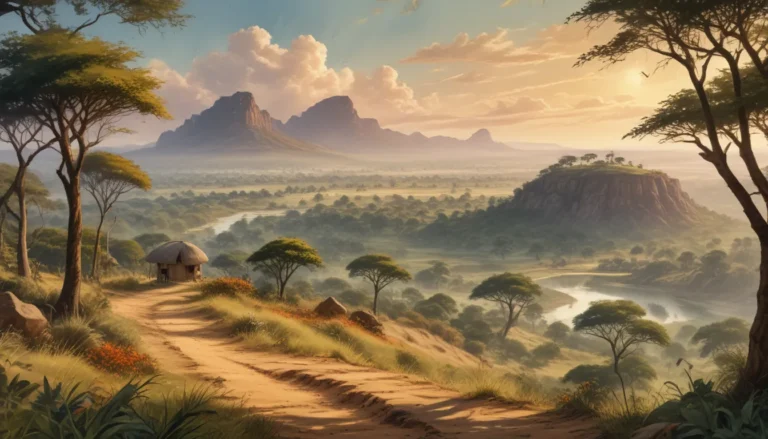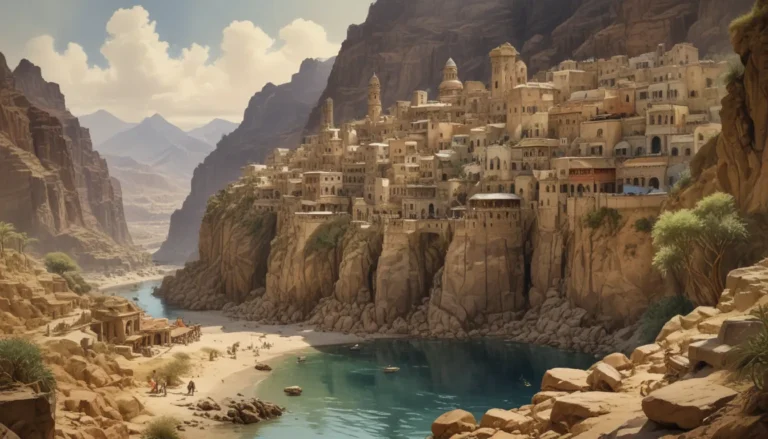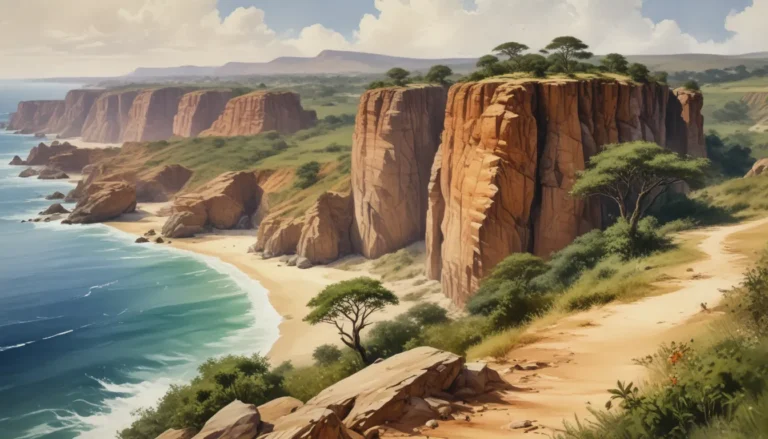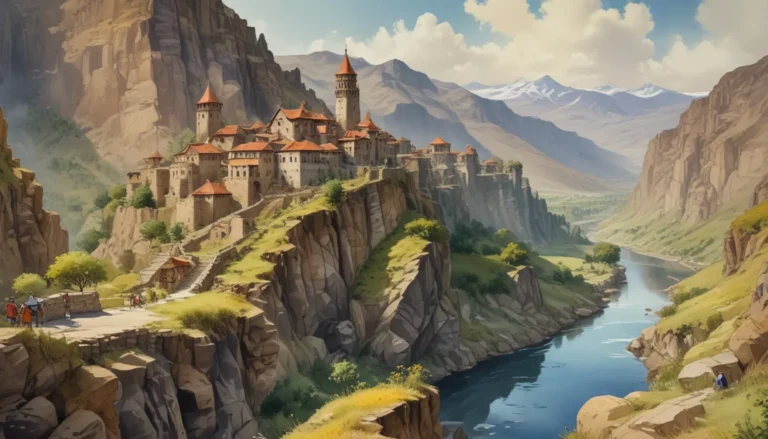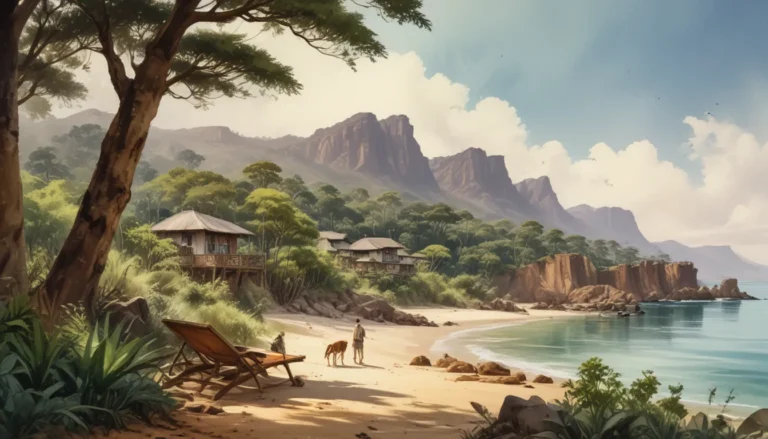The images in our articles are for illustrative purposes only and may not exactly match the content. They are intended to capture your interest and complement the text, not to replace it.
Welcome to the beautiful and culturally rich land of South Africa, also known as the Rainbow Nation. This diverse country is home to an estimated 59 million people from various backgrounds and cultures, making it the most populous country in the Southern Hemisphere. Let’s embark on a journey to uncover the fascinating facts that make South Africa a truly unique and remarkable destination.
Unveiling South Africa’s Rich History
South Africa’s history is a tapestry woven with fascinating tales of prehistoric ancestors, ancient civilizations, and modern struggles for freedom. It’s here, in South Africa, where humanity’s prehistoric ancestors first evolved around 3 million years ago. The first modern humans emerged in this land approximately 170,000 years ago, shaping the future of the continent.
The Bantu peoples introduced iron tools and weapons in the 5th Century BC, marking a significant advancement in technology. Subsequent centuries saw the rise of empires and conflicts between different tribes, leading to the dominance of Xhosa, Zulu, and other groups.
Fast forward to the 15th and 16th centuries when European explorers like Bartolomeu Dias and later colonizers from the Dutch and British empires arrived in South Africa. The legacy of apartheid, a system of racial segregation and discrimination, cast a long shadow over the country’s history, leading to significant global condemnation and resistance.
The Triumph over Apartheid: A Story of Courage and Resilience
The African National Congress (ANC), spearheaded by leaders like Nelson Mandela, played a pivotal role in the fight against apartheid. The struggle for freedom culminated in the historic end of apartheid in 1991, paving the way for democratic elections and Mandela’s presidency in 1994.
The dismantling of apartheid brought a new era of hope and reconciliation, as South Africa embarked on a journey of rebuilding and healing. Today, the legacy of the anti-apartheid movement continues to inspire people around the world and serves as a testament to the power of unity and resilience.
Exploring South Africa’s Geographic Wonders
South Africa’s diverse landscapes offer a glimpse into the country’s natural beauty and ecological richness. From towering mountains to vast plateaus, South Africa’s geography is as varied as its cultural heritage.
Mount Mafadi, the tallest mountain in South Africa, stands majestically on the border with Lesotho, offering breathtaking views of the surrounding landscapes. Most of South Africa is a sprawling plateau known as the Central Plateau, with its highest points to the east and stunning scenery across the region.
The Great Escarpment, with its steep cliffs and rugged terrain, surrounds the South African plateau, extending into neighboring countries like Mozambique and Zimbabwe. A coastal belt lies beyond the escarpment, with diverse climates ranging from hot and dry to cool and wet, showcasing the country’s natural diversity.
Embracing South Africa’s Rich Wildlife and Ecosystems
South Africa’s biodiversity is a treasure trove of plant and animal species, making it a paradise for nature lovers and conservationists. The country’s flora and fauna include unique species like African leopards, blue wildebeests, and South African giraffes, all thriving in their natural habitats.
The fungal ecosystem in South Africa is equally impressive, with over 200,000 species of fungi adding to the country’s ecological diversity. Native plant species, such as the Protea genus and acacia trees, showcase the richness of South Africa’s plant life, with vibrant colors and distinct features.
Nurturing South Africa’s Economy and Cultural Heritage
South Africa’s economy is driven by industries like mining, manufacturing, and tourism, contributing to the country’s growth and development. Mining plays a crucial role in South Africa’s economy, with the country being a major producer of precious metals like platinum and chromium.
The manufacturing sector, although smaller in scale, produces a range of products like automobiles and machine parts, contributing to the country’s GDP. Tourism, fueled by South Africa’s natural beauty and cultural heritage, attracts millions of visitors each year, generating revenue and creating jobs.
As we delve into South Africa’s vibrant culture and culinary traditions, we encounter a rich tapestry of flavors and influences. Dishes like bobotie and bunny chow reflect the multicultural heritage of South African cuisine, blending spices, flavors, and textures in a delightful culinary experience.
In conclusion, South Africa’s legacy is a testament to the resilience, diversity, and unity of its people. From its turbulent history to its thriving economy and natural wonders, South Africa continues to inspire and captivate visitors from around the world. Join us on this journey of exploration and discovery as we uncover the fascinating facts and stories that make South Africa a truly extraordinary destination.
